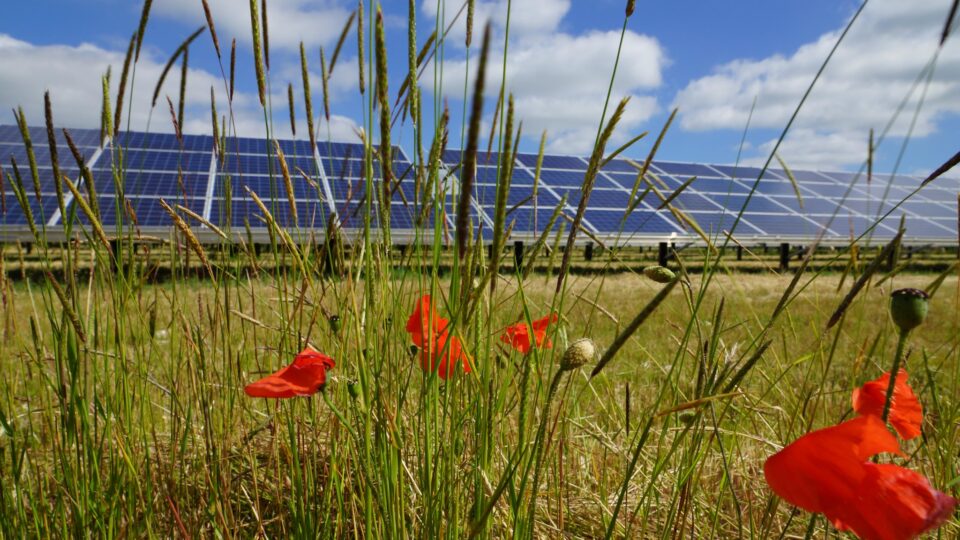According to the U.S. Department of Agriculture, as much as 40% of the food supply in the United States is wasted. In fact, Americans generate more food waste than all but two countries.
To address this problem, the federal government announced a goal nearly a decade ago to cut food waste in half by 2030 compared to 2016 levels. Doing so would bring food waste down to approximately 164 pounds per person annually.
However, according to a new study led by researchers from the University of California – Davis, since 2016, per capita food waste has actually increased instead of decreasing.
The study, which was recently published in the journal Nature Food, looked at how state policies align with federal targets. The research team found that state policies focus more on recycling methods, such as composting and anaerobic digestion, rather than on prevention and rescue strategies, like food donations or repurposing food for animal feed.
In 2021, the EPA revised its definition of food waste to no longer include recycling methods. But when food is wasted, the resources used to grow the food, including energy, water, and fertilizer, are also wasted.
In the study, the researchers analyzed state-level food waste reduction efforts across four areas: prevention, rescue, repurposing, and recycling. They found that recycling policies offered the most potential for diversion. Despite this, most states still fell short of the federal goal of 164 pounds per person annually.
According to the research team, more comprehensive policies to address food waste must be implemented as soon as possible.
**********
Web Links
States Struggle to Curb Food Waste Despite Policies
Photo, posted June 28, 2021, courtesy of Ivan Radic via Flickr.
Earth Wise is a production of WAMC Northeast Public Radio



















